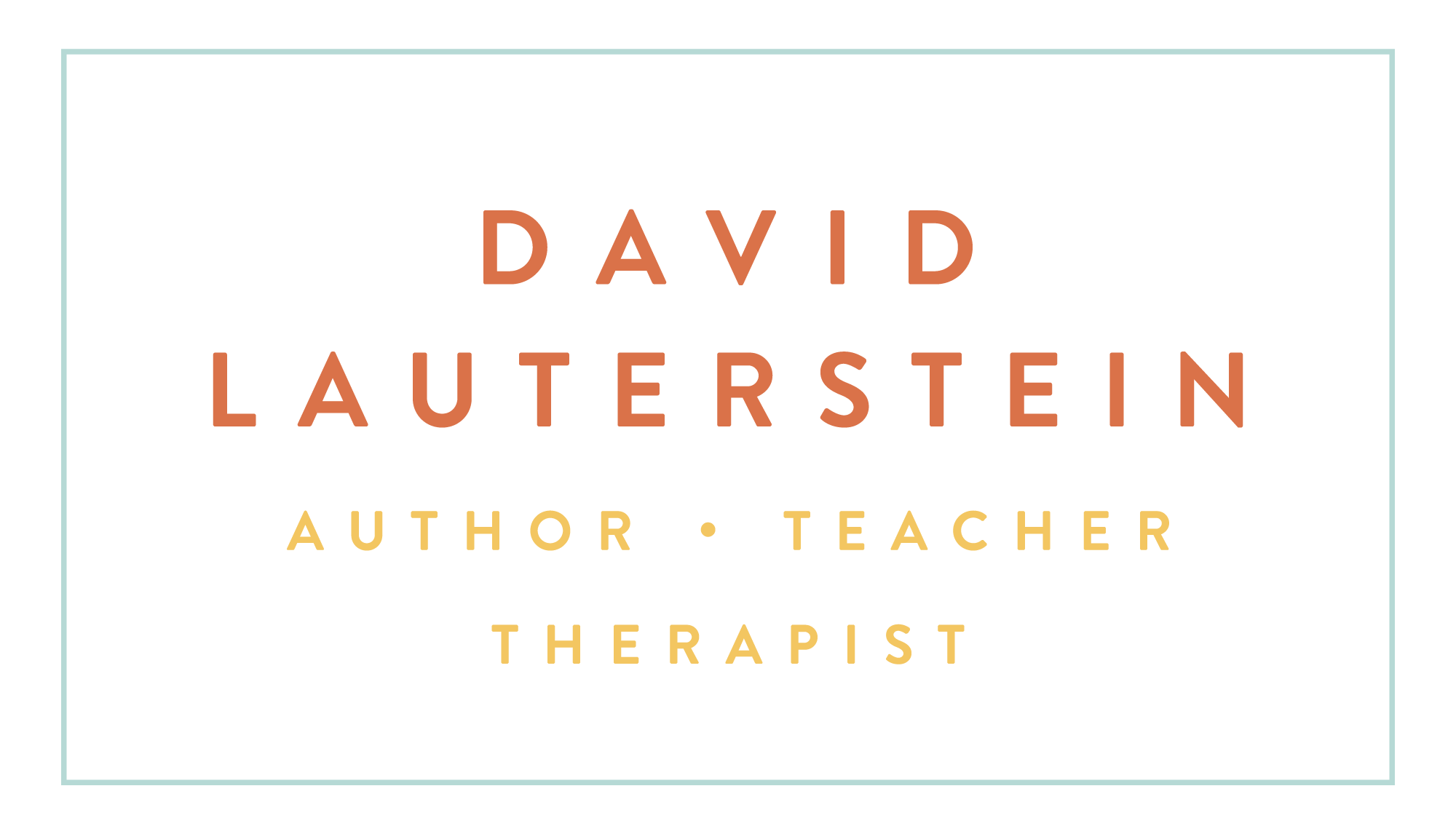REFLECTIONS ON THE SACRUM
“Origin is the goal” – Karl Kraus
The sacrum is one of the most fascinating bones in the body – beginning with the spiritual clue in its Latin root from “os sacrum” meaning “sacred bone”.
Irene Dowd likens the sacrum to a keystone arch in a church. The downward force of the arch keeps the columns in place. Of course in the body the columns are our legs and far more subtlety is needed to adjust to the constant micro movements we make even when we are still. Add to that the 19 ligaments in and around the pelvis plus the 57 muscles that have a connection to the pelvis and you have a cross over area where there is a translation of the heaven to earth forces…the sense of the spine connecting from the sacrum up to the brain and the doorway to allowing our grounding forces to flow.” – Jeff Lennard
The sacrum is literally the middle of the person - the hara – and the origination of kundalini – the central, originating point for the energy which ascends through the spine. One inch in front of the sacrum is the body’s center of gravity. It is where the upper and lower body meet and is also the lower pole of the cranio-sacral system.
In Zero Balancing we note that the density of bone is corrlelated to the amount of energy in the bone. The sacrum is five fused vertebrae. Therefore it holds the greatest energy charge in the spine.
In the Chinese classic, Tao Te Ching, there is great importance given to the numerology of 1 becoming 2 and 2 becoming 3 and the 3 becoming the 10,000 things. In our bodies, the “one” of the spine becomes the “two” of the two ilia and legs and the pivot point through which one becomes two is the sacrum. Here are 5 axes of rotation creating “gyroscopic” movement: the sacrum on the ilium, the ilium on the sacrum, the flexion and extension of the cranio-sacral system, and 2 axes of rotation created by the movements of each leg translating in and through the sacrum.
Chinese medicine and philosophy, not surprisingly, deeply recognizes the psycho-physical profundity of the sacrum within us:
"In Chinese acupuncture traditions the eight sacral formina are sometimes known as the eight winds. This can be taken as vents through which the vital breaths of qi and spirit blow, as well as ability to orient to the eight directions (the sacrum in relation to the centre of gravity). This latter allows us to embody pivotal balance so we can adapt and be free to be open to all possibilities. For the breaths (winds as qi) one might read the first section of Burton Watson’s translation of Zhuang Zi, Chapter 2 which talks of the blowing/piping of wind in Man, Earth and Heaven in a wonderful passage. The chapter title is translated as 'Discusssion on making all things equal' This is inner Zero Balancing, to awaken, or return a person, to their One Point. The points in the sacral foramina are on the Bladder meridian, running vertically from the head either side of the spine down the back of the leg to the lateral foot. They also have a link/connection with the Gall Bladder meridian running down the lateral sides of the body, which assists left/right co-ordination and courageous decisive action." - Alan Hext.
“ The trunk is the primal verticality, the heavenly attachment which gives the possibility of raising oneself up. The root clings to the ground and gives a firm hold against all the hazards threatening our existence. Often one fears certain acts of violence, dreads dangers that are all too visible. The text seems to say that it will teach us about what should really make us afraid. We have to admit that longevity and survival are a matter of trunk and root, of respect for seasonal conduct and that, for each of us at any moment, our rootedness in life stems from this same respect for the movement of qi. This qi is not the same in each of the 4 seasons. The gate where the beings are produced is the gate of Heaven. The continuous development of good or bad, creating health or illness, is very accurately and simply visible in the natural continuing of the root extending itself to become the trunk.” - Claude Larre, SJ
The sacrum is the precise point at which the root extends itself to become the trunk.
In our society the sacrum has become something we just sit on. May these reflections help restore the sacrum to its rightful place -- as playing a central role in our lives!
